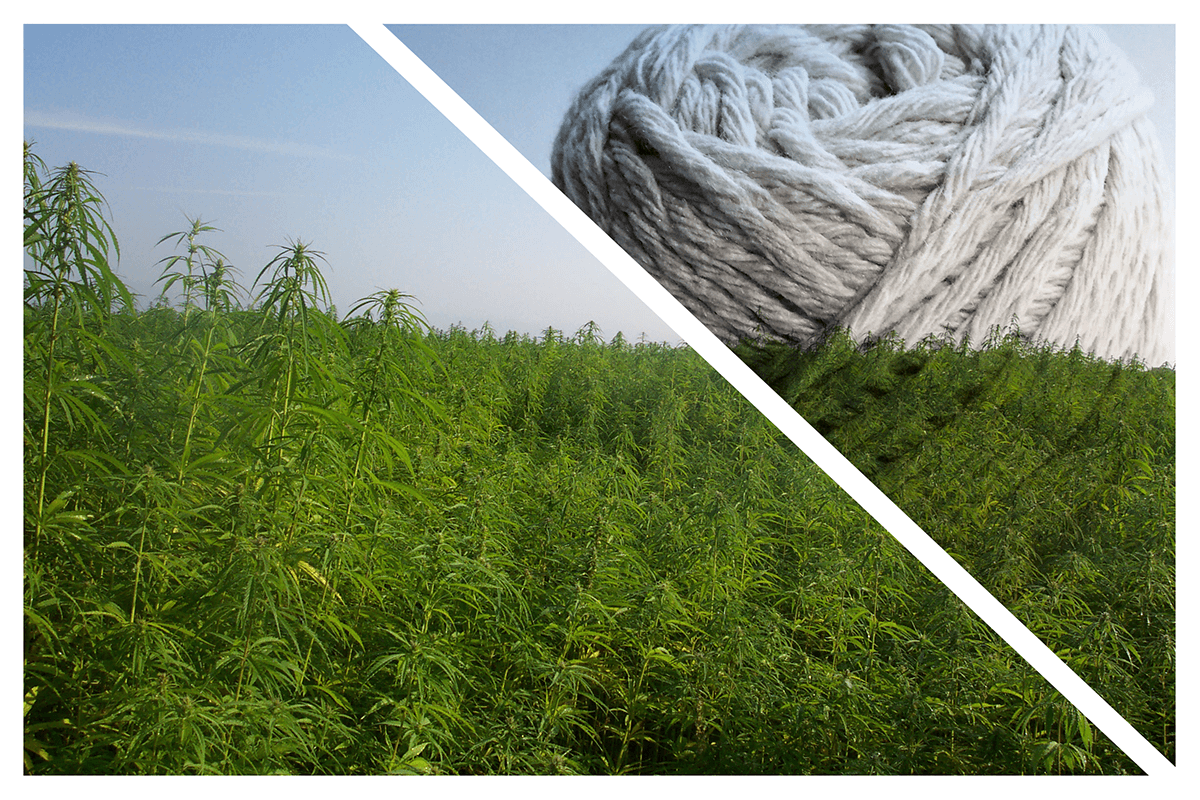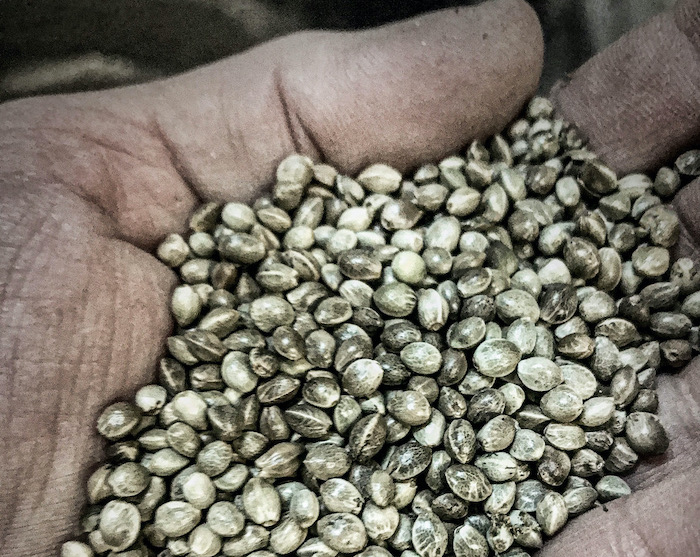
America’s hemp cultivators and producers remain focused for the most part on growing hemp for cannabidiol (CBD) production. However, overproduction of CBD-rich hemp biomass and flower during the 2019 season has drastically lowered prices for such plant material, as well as for extracted forms of CBD. Consequently, there has been a pivot away from hemp-derived CBD by some farmers and processors, with a growing emphasis instead on hemp fiber and grain.
As noted in our latest Hemp Benchmarks Spot Price Index report, regulators in Montana – a top hemp-producing state in 2019 – had approved 11,000 acres for hemp cultivation for the 2020 growing season by the end of May. Of those 11,000 acres, about 85% was being licensed for fiber and grain production, according to state officials. This is a reversal from 2019, when most of Montana’s hemp crop was grown for CBD.
While the numbers for hemp fiber and grain are not as dramatic elsewhere, they are increasing. Don Robison, Seed Administrator at the Office of Indiana State Chemist & Seed Commissioner, told Hemp Benchmarks that, as of mid-May, there had been 655 individual hemp growing sites registered in his state. Most the sites are licensed for CBD hemp, but almost one-third are planned for other uses, with fiber the most prevalent production target of the industrial applications.
Hemp fiber, which can be baled and worked like other fiber crops, requires its own specialized processing equipment – but it appears to be a natural fit for many large-scale commercial agriculture operations. In a previous Hemp Market Insider post, we discussed the various uses and potential of hemp fiber, but noted at the time that it was “A Market in Search of a Viable Supply Chain.” Such hurdles persist, but various entities are working to address them.
Seeding the Hemp Fiber Industry
Two of the biggest challenges for the hemp fiber market appear to be acceptance as a mainstream, standardized crop, as well as a lack of investment in processing facilities. One company has decided to confront those challenges head-on by working to “jumpstart” the new hemp fiber industry in Texas.
In early May, Dallas-based hemp processor Panda Biotech announced it would donate more than 60 tons of hemp fiber seed, which has been approved by the Texas Department of Agriculture, to farmers in the state. The company said every farmer that accepted the free seed would be asked, but not obligated, to provide basic data on their hemp crop. The data will then be employed in a company research report, compiled by Texas A&M AgriLife, a partnership between the university and several state agencies focused on agriculture and life sciences.

Scott Evans, Panda Biotech’s executive vice president, told Hemp Benchmarks that the program had an “overwhelmingly positive” response, with all the seed applied for within the first week of the company’s announcement. Evans said his firm is recommending program participants start small with their hemp seed cultivation, at only a few acres, to get a sense of what it takes to grow hemp fiber, which he envisions as the future of the nation’s hemp industry.
Panda Biotech has also contracted with what it described as “a leading international equipment manufacturer” for the construction of what the company says will be the largest hemp decorticator facility in the United States, and perhaps globally. According to the firm’s projections, the facility will be operational in the first half of 2021 and will annually process more than 130,000 tons of Texas-grown industrial hemp for fiber, hurd, and cellulose.
Hemp fiber processing, Evans noted, remains a big issue. “A lot of the larger commercial producers didn’t look too hard at the cannabinoid market,” he said, “while [hemp] grain and fiber were very appealing to them. But without a processor there’s no reason to grow it, obviously. We saw that as the missing link in the supply chain; that’s our core business.”
Hemp Fiber as Building Material
Hemp fiber is also seen as having potential as a construction material. Last autumn, the Montana Farmers Union announced a partnership with a private firm and with faculty at Montana State University’s civil engineering department, to look at the feasibility of using hemp hurd – the woody, inner core of the hemp stalk – for construction and building materials.
Proponents of hemp fiber construction materials have been advocating for years for the expanded use of hempcrete: a concrete-like construction material that uses hemp hurd with a mixture of water and lime, limestone, or chalk. Hempcrete can be molded into building blocks or placed and compacted into frames for walls and construction panels.
Kirsten Matteson – an assistant professor of civil engineering at Montana State University – notes that hempcrete is heat and fire resistant, and has a good insulation value. Because of that and other attributes, she said, the whole hemp plant –not just CBD-rich flower and biomass – has the potential to become a valuable crop. “It’s easy to grow, it grows fast,” she told Hemp Benchmarks. “It’s really strong, especially compared to other natural fibers, and it’s economically viable for farmers. People are finding more and more uses for [it].”
Consumer Demand for Environmentally-Conscious Products
Hemp fiber is also expected to see more support from consumers, many of whom are looking for more environmentally-friendly and sustainable products. Unlike petroleum-based plastic products, hemp is biodegradable. And compared to wood and lumber, hemp can be grown quickly while using up fewer natural resources.
“People are wanting to get away from less sustainable petroleum and wood-based products,” said Panda Biotech’s Scott Evans. “The main driver is the conscious consumer, who wants a better alternative for the environment. And that’s what hemp has to offer.”
Limits to the CBD Market
While the CBD market has been “amazing,” Evans told Hemp Benchmarks that it has its limits. “In my estimation 50,000, maybe 100,000 acres of [CBD hemp biomass] production can satisfy the demand for that market,” he added. “Fiber and grain lends itself to more of a commodity, agriculture model. We can realistically plan millions of acres of this – three, four, five years down the road – and then we can then use all that and apply it to industrial applications, textile applications. And the plant’s so versatile, you can make so many products from it, that there will be enough demand to handle that kind of agriculture.”


